Cancel
Trelleborg Sealing Solutions Announces Significant Developments In Sealing Materials For The Aerospace Industry
Sealing material developments from Trelleborg Sealing Solutions include an EPDM that provides a unique combination of outstanding elasticity with unrivaled compatibility in hydraulic fluids, a perfluoroelastomer that offers best-in-class thermal stability and an innovative lightweight silicone material. In addition, the company releases test results on elastomer seal materials in SPK fuel applications.
In brief:
E8T89 Ethylene Propylene Diene Monomer (EPDM) seal material provides a unique combination of outstanding elasticity at low temperatures with unrivaled compatibility in all commercially available phosphate ester hydraulic fluids.
Perfluoroelastomer Isolast? J9577 gives outstanding performance at high temperatures, offering best-in-class thermal stability, even in aggressive HTS oils.
12-205LD, an innovative lightweight silicone material, is typically 20 percent lighter than standard silicones used for aerospace seals.
A study shows care must be taken when specifying elastomer seal materials in aerospace synthetic paraffinic kerosene (SPK) fuel applications.
New EPDM seal material from Trelleborg offers 'the best of everything'
Extensive testing has resulted in E8T89, a new Ethylene Propylene Diene Monomer (EPDM) seal material from Trelleborg Sealing Solutions. According to the company's research and development team it offers 'the best of everything' that an aircraft operator could require of a sealing material for aerospace hydraulic applications. Specifically it provides a unique combination of outstanding elasticity at -55 Centigrade/ -67 Fahrenheit with unrivalled compatibility in all commercially available phosphate ester hydraulic fluids, ensuring extended long-term sealing performance.
Hydraulic sealing
"E8T89 is engineered to conform with the wide range of specifications that apply to hydraulic aircraft systems,"says Guy Burridge, Product Manager, Trelleborg Sealing Solutions, Tewkesbury. "Because the material is compliant with all parts of these standards relating to seals, our tests have shown that this EPDM performs better on key criteria than any other material of its type on the market."
Importantly, E8T89 meets the requirement for low temperature performance that has become more significant in aerospace hydraulic applications. Most standards now demand materials that operate effectively at an extremely low limit of -55 Centigrade / -67 Fahrenheit , in-line with minimum temperatures faced at high altitudes.
Compatible with hydraulic fuels
The material also ensures long life as it demonstrates compatibility with demanding phosphate ester hydraulic fluids, such as Hyjet and Skydrol?. In particular, it stands up to potential interchange between different hydraulic fluids during maintenance. In addition, E8T89 provides excellent long-term retention of mechanical properties and facilitates opportunities for stock reduction through part number rationalization.
EPDM E8T89 offers compliance with NAS 1613 Rev 5, NF L 17-241 41B8 and all other relevant national and international standards. It is available in all O-Ring sizes, as gaskets, molded parts or rubber-to-metal bonded components.
Trelleborg Sealing Solutions launches Isolast? J9577, a perfluoroelastomer for aero engine seals that gives best-in-class performance under thermal loads
Trelleborg Sealing Solutions launches Isolast? J9577, a perfluoroelastomer specifically engineered for aero engine seals. The material gives outstanding performance at high temperatures, offering best-in-class thermal stability, even in aggressive HTS oils, to provide extended seal life.
Compatible with HTS oils
Isolast? J9577 has a continuous operating temperature range from -20 Centigrade / -4 Fahrenheit to +325 Centigrade/ +617 Fahrenheit and is compatible with virtually all media including aggressive High Thermal Stability (HTS) oils. In a variety of tests to national and international standards as well as various customer specifications, the material demonstrated a step change in operating performance, most notably in terms of long term compression set.
"Thermal stability of sealing materials has become an increasingly important issue over recent years,"says Paul Jones, Global Segment Manager Aero Engines, Trelleborg Sealing Solutions. "With the drive to improve efficiency and meet environmental needs, aero engines run at higher temperatures to reduce fuel burn, decreasing CO2 emissions and lowering operator costs. For these applications, Isolast? J9577 is the ideal sealing material choice with its outstanding high temperature performance and proven best-in-class thermal stability."
Part of Isolast? range
Isolast? J9577 is recommended for use in static applications and is available in standard profiles or custom designs. The material is part of the Isolast? range of proprietary perfluoroelastomers from Trelleborg Sealing Solutions. In addition to this material the range includes a number of compounds specifically engineered for the requirements of the aerospace, chemical processing, semiconductor fabrication and oil & gas industries.
Trelleborg Sealing Solutions launches a 20 percent lighter silicone for aerospace sealing applications
Trelleborg Sealing Solutions launches 12-205LD, an innovative lightweight silicone material specifically designed for aerospace sealing applications. Typically 20 percent lighter than standard silicones used for aerospace seals, the material contributes to weight reduction and the aerospace industry's drive to improve efficiency and meet environmental needs.
20 percent lighter
"Lightweight compounds, such as 12-205LD, will increasingly become the materials of choice for aircraft manufacturers," says Duane Smith, Technical Manager for Trelleborg Sealing Solutions Global Operations Elastomers at Cadley Hill, England the primary site where the material will be used in manufacturing. "This development demonstrates Trelleborg??s commitment to create innovations that meet aerospace industry needs."
Engineered with ease of processing in mind, 12-205LD can be manufactured as a wide range of components; from simple solid rubber grommets to highly complex three dimensional composite seals. The material is formulated to meet industry specifications and can be utilized on both new generation lightweight aircraft as well as for retrofit seals supplied to legacy aircraft.
Tests highlight the importance of aromatic agents in aerospace fuels on elastomer seal performance
A study conducted by Trelleborg Sealing Solutions shows that care must be taken when specifying elastomer seal materials in aerospace synthetic paraffinic kerosene (SPK) fuel applications. While the latest FKMs engineered for aero engines perform well in any SPK even in its neat form, there could be a risk of leakage if more traditional NBR materials are used in fuel applications as SPK has no aromatic hydrocarbon content.
Care must be taken in specification
"In order to meet strategic and environmental objectives, the aerospace industry is moving from traditional fossil-based kerosene fuels to synthetic ones, known as SPKs," says Jon Cutler who is responsible for material development at the Trelleborg Sealing Solutions manufacturing facility in Tewkesbury, England. "Derived from coal, natural gas or biomass, SPKs lack aromatics that occur naturally in fossil-based kerosene. Weve discovered that the good performance of some traditional sealing elastomers in fossil-based kerosene may be lost in SPK if it is not blended with conventional Jet A-1. Our studies clearly illustrate that care must now be taken when specifying seal materials for aerospace applications where SPKs might be used."
Tests were conducted in a range of fuels including Jet A-1, SPK and Jet A-1/SPK blends. Throughout these tests, special attention was paid to the volume swell characteristics of the seal materials. Results showed that in SPK, there was the risk of shrinkage of more traditional NBR seal materials while the fluoroelastomer materials all performed well. In Jet A-1 based fuel blends, with up to 50 percent SPK content, the risk of NBR seal material shrinkage was mitigated.
Aromatics prove important
"Aromatics are important constituents of kerosene as they can induce controlled swell in seals in aerospace fuel systems," says Guy Burridge, Product Manager, Trelleborg Sealing Solutions, Tewkesbury. "By using Jet A-1 in numerous test fuel blends, the adequate level of aromatic content was established. Trelleborg's ongoing work in this field is state-of-the-art, in-line with its valued place alongside both major customers and global fluid suppliers."
CATEGORIES
- Miniature Bearings(2)
- Thin Section Bearings(1)
- Ceramic Bearings(7)
- Stainless Steel Bearings(3)
- Needle Roller Bearings(3)
- Spherical Roller Bearings(1)
- Thrust Ball Bearings(2)
- Roller Bearings(1)
- Tapered Roller Bearings(2)
- Slewing Ring Bearings(2)
- Angular Contact Ball Bearings(1)
- Sleeve Bearings(1)
- Others(44)
- Low Temperature Bearings(1)
- Ball Bearings(9)
- Bearing Load(4)
- Bearing Components(1)
- Types of Bearings(4)
- Thrust Bearings(1)
- Bearing Technical Knowledge(20)
- Aerospace Bearings(2)
- Polyurethane Rollers(2)
- Cam Follower(3)
- Linear Bearings(1)
- Spherical Bearings(1)
LATEST ARTICLES
-
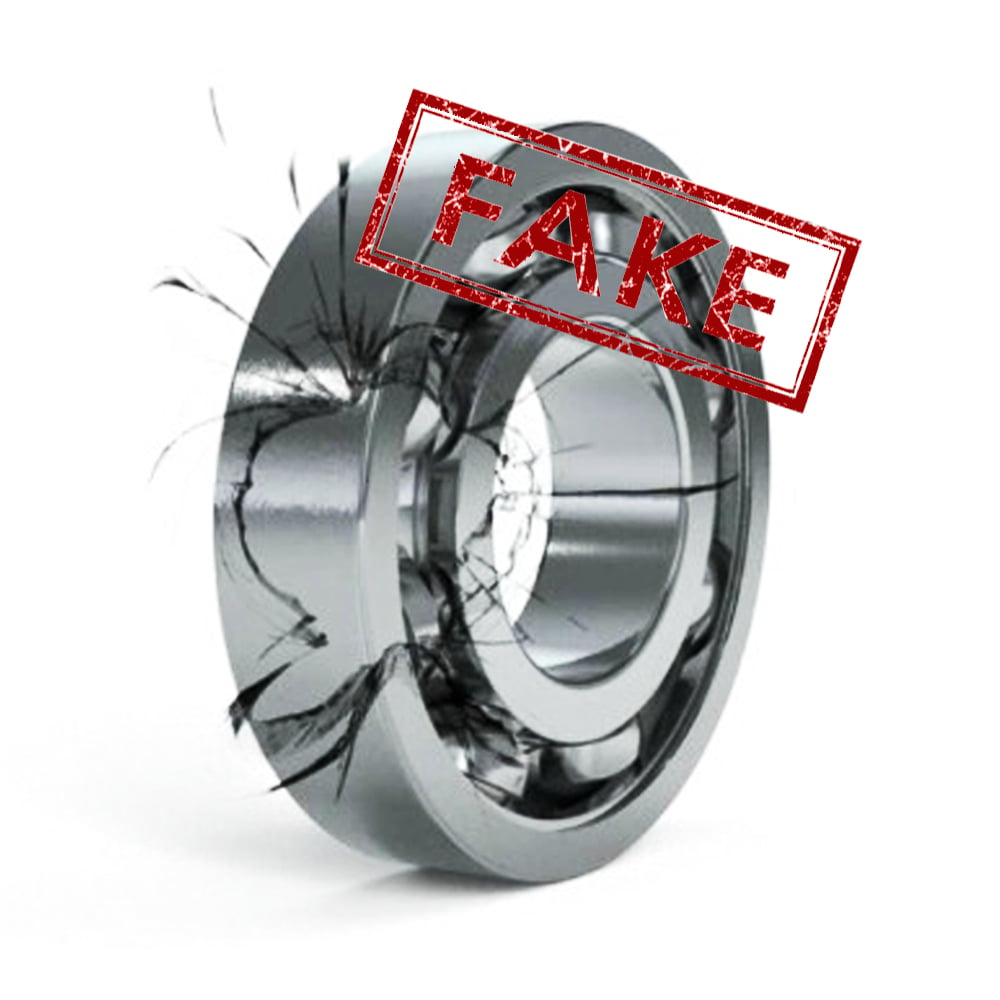 The Impact of Counterfeit Bearings On the Industry and How to Avoid Them
The Impact of Counterfeit Bearings On the Industry and How to Avoid Them -
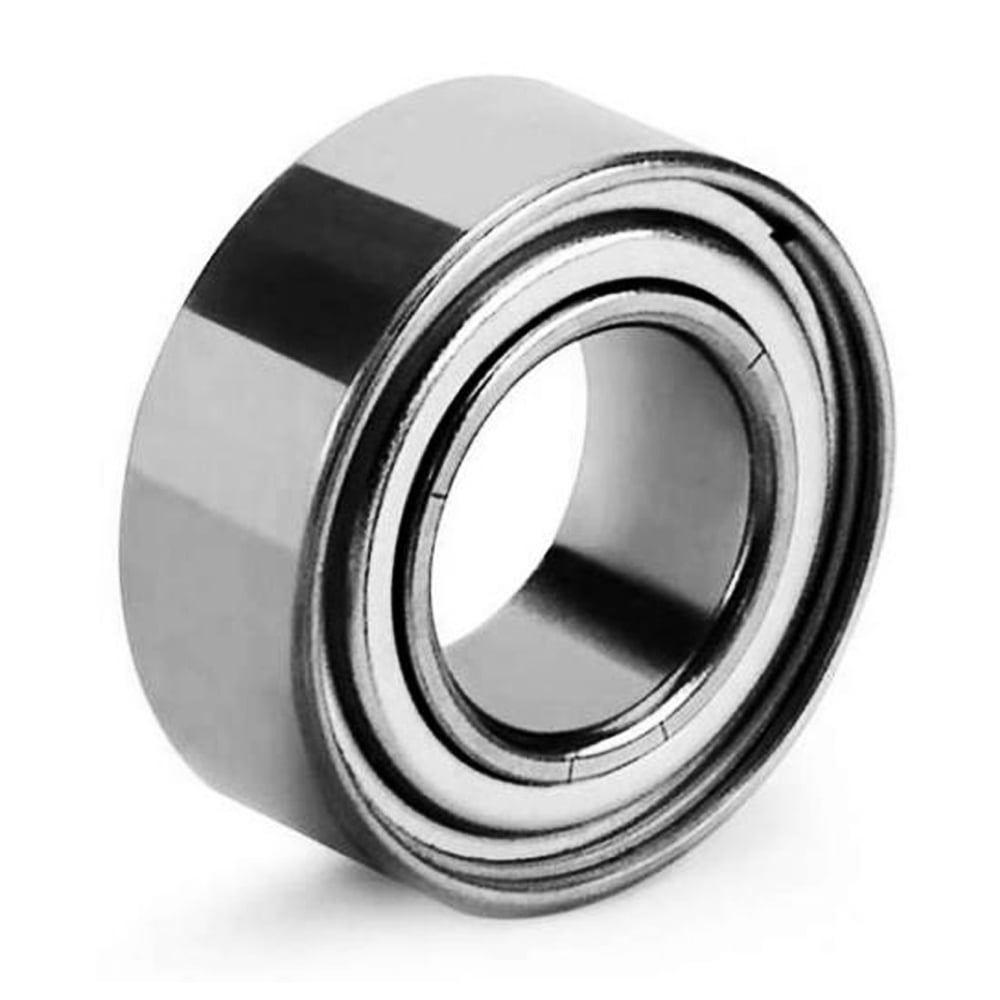 Chrome Steel vs. Stainless Steel Bearings: Which Do You Need?
Chrome Steel vs. Stainless Steel Bearings: Which Do You Need? -
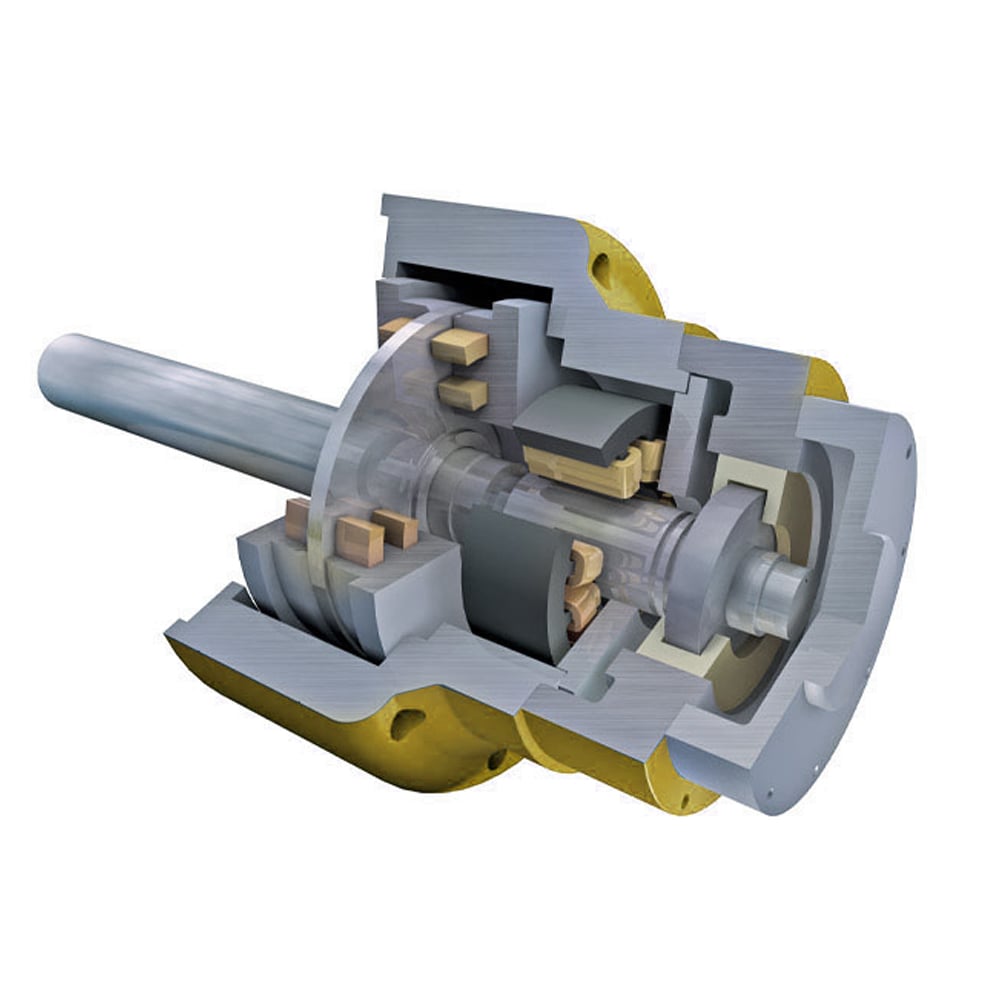 Magnetic Bearings: What They Are & How They Work
Magnetic Bearings: What They Are & How They Work -
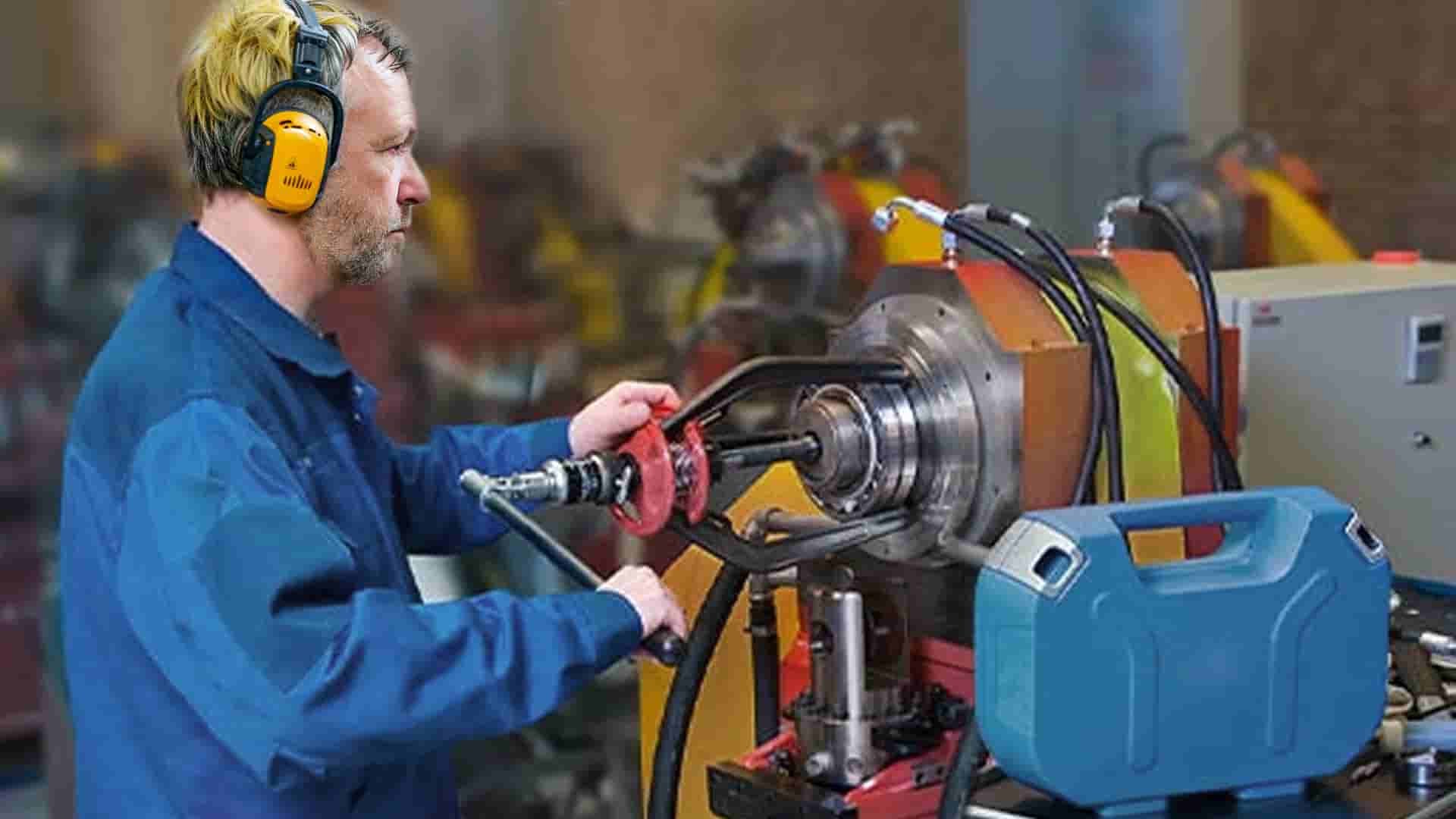 Expert Tips On Installing & Removing Bearings for Industry Professionals
Expert Tips On Installing & Removing Bearings for Industry Professionals -
 How Much Grease to Put in Bearings: A Comprehensive Guide
How Much Grease to Put in Bearings: A Comprehensive Guide -
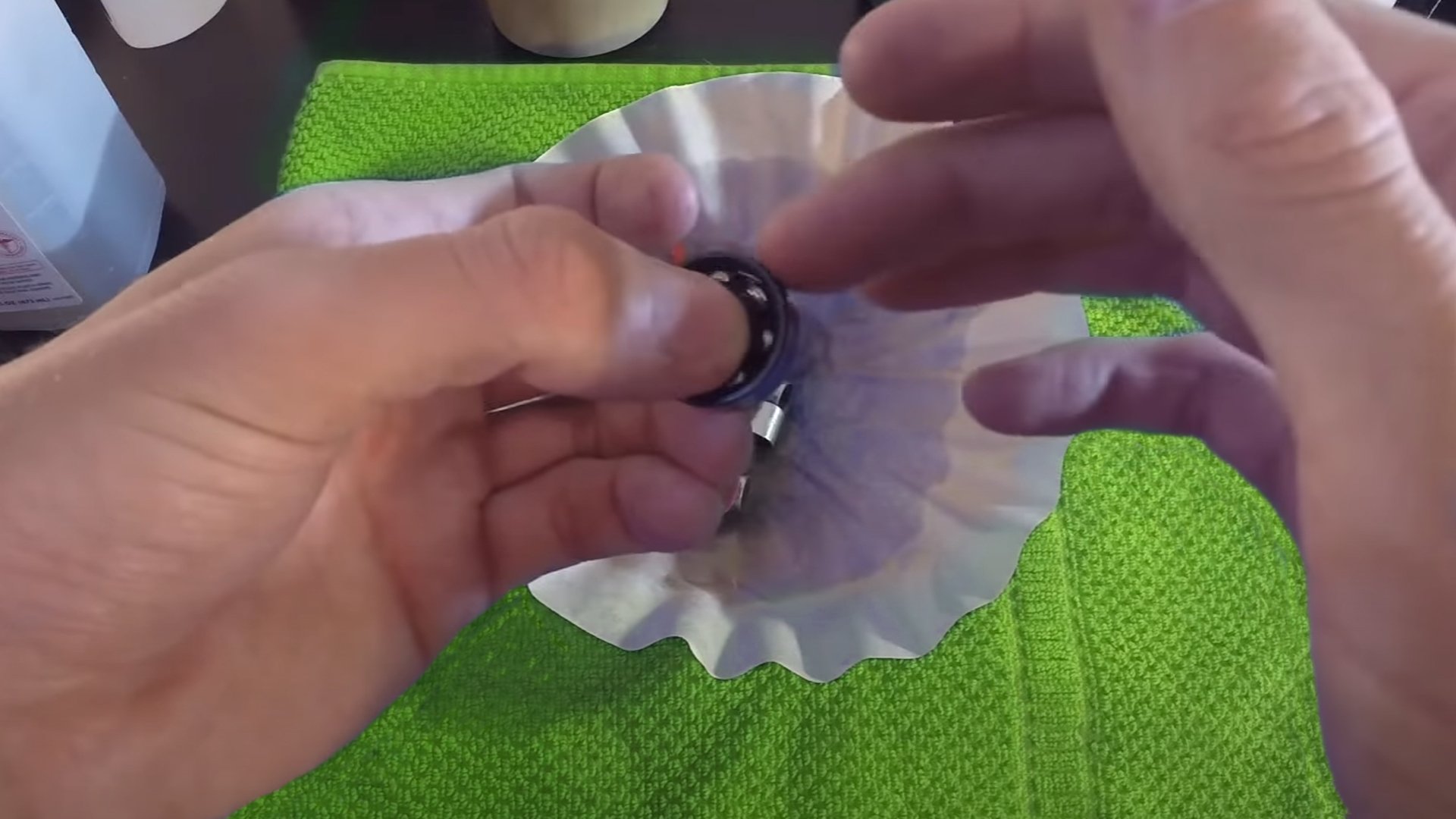 How to Clean Ceramic Bearings?
How to Clean Ceramic Bearings?


